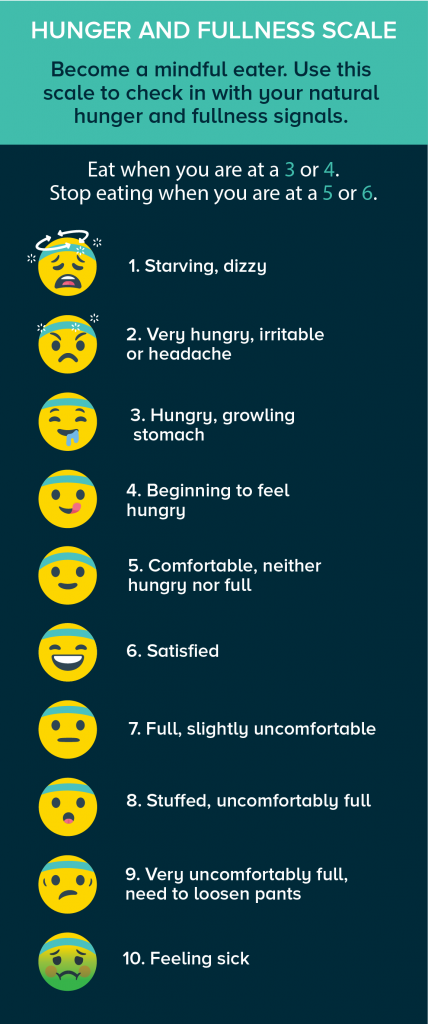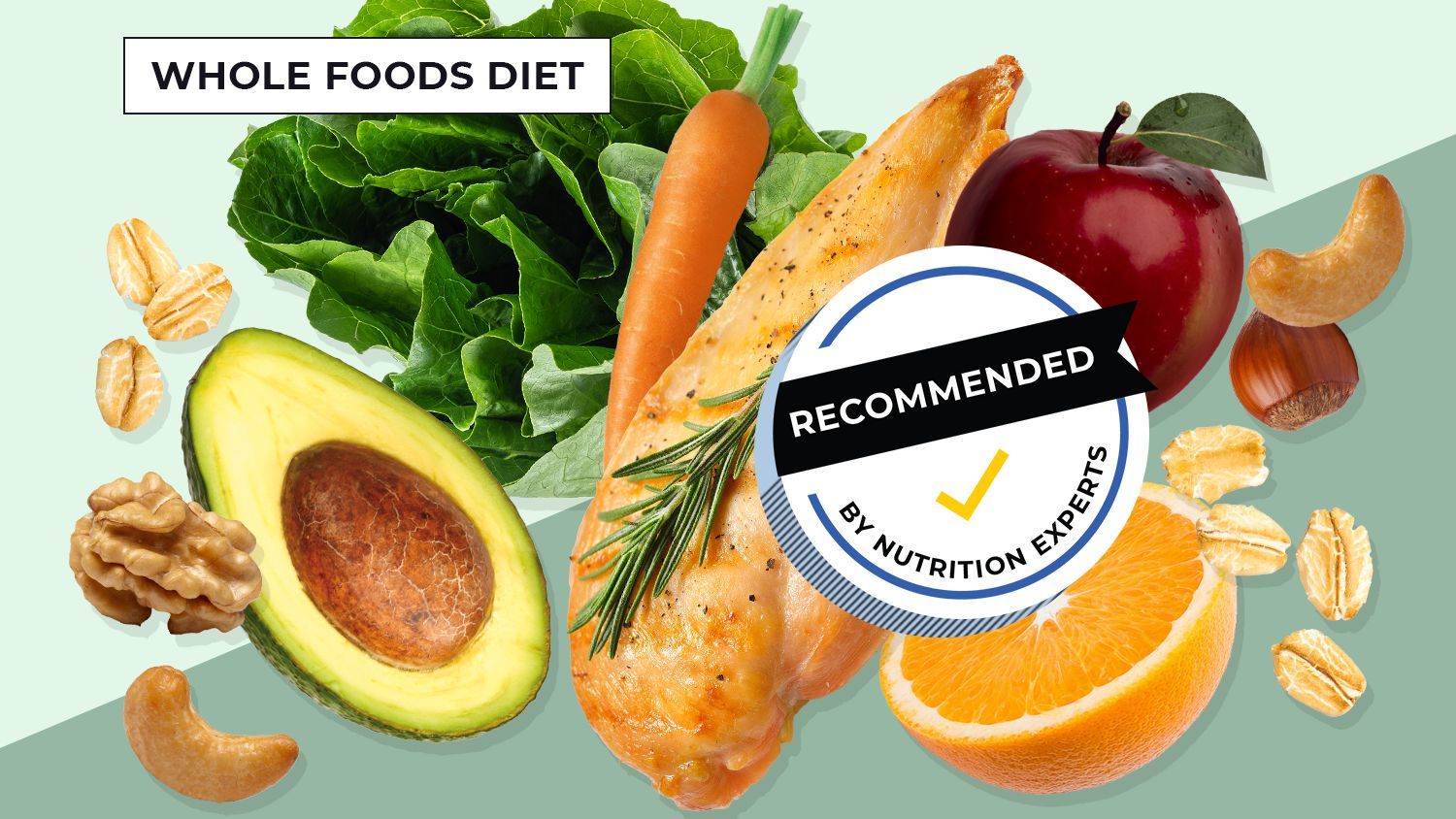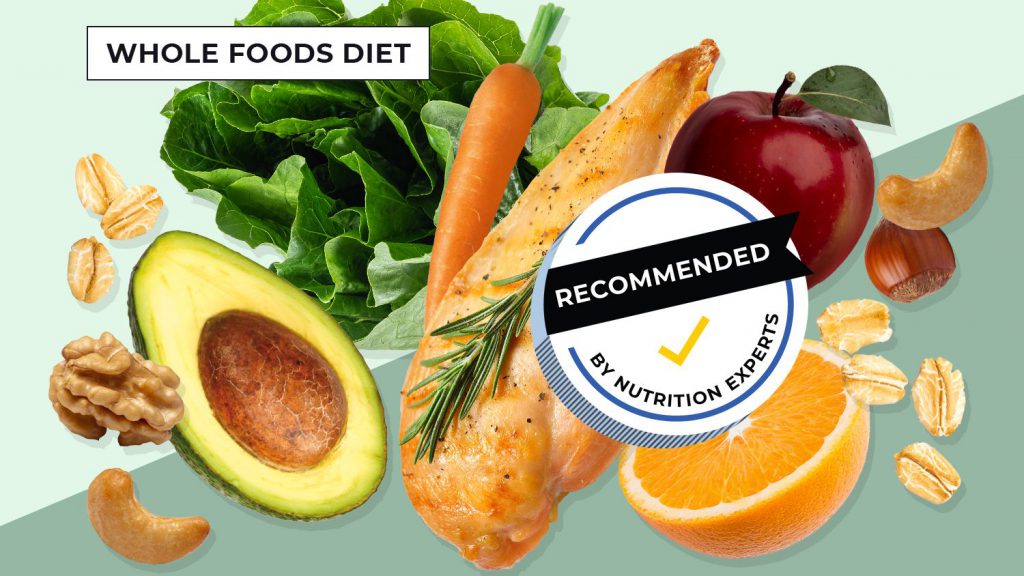How We Eat versus What We Eat
by Jonathan “Quiggy” Quigg
So this is going to be my last little blurb for Tropicana, and I want to leave you with a final message that has hopefully permeated all that I’ve shared: How we eat is just as important than what we eat. Our relationship with food, our mindset, is where it all starts. Our enjoyment, our intentions, how food makes us feel, how full we are willing to get. All of these factors create a connection with food that can feel nourishing and energizing on one end of the spectrum, forced and unpleasant on the other, or somewhere in between.

My hope was to start drawing attention to where your relationship with food currently stands. This comes from how we were raised and our experiences, and unless we bring awareness to it, tends to fly under the radar, running the show unconsciously. You may have noticed some habits that are really in line with the healthiest version of yourself, and some that don’t make you feel so good. There is no right or wrong relationship with food. Only yours, and how you chose to grow it. But we cannot make conscious choices to feel better unless we are aware of our current mindset. Awareness breeds autonomy. Autonomy to appreciate what we’ve got already and grow where there is room for more health and happiness.
So, I hope that some of the ideas and reflections here have presented you an opportunity to get to know your relationship with food a little better, and that its given you some room to make small adjustments where you could bring a little more joy into the cafeteria.
It is absolutely a journey; there is no end destination. There is no PERFECT relationship with food or definition of healthy that you can get to, so don’t even bother striving for that because you will never feel satisfied. Rather, appreciate making small changes to improve the quality of your food mindset and you’ll improve the quality of your life overall while you are at it. We do a lot of eating as humans and it affects all areas of our lives, so why not make it a priority worth appreciating?
Thank you for listening and all the best to you, my friends!



